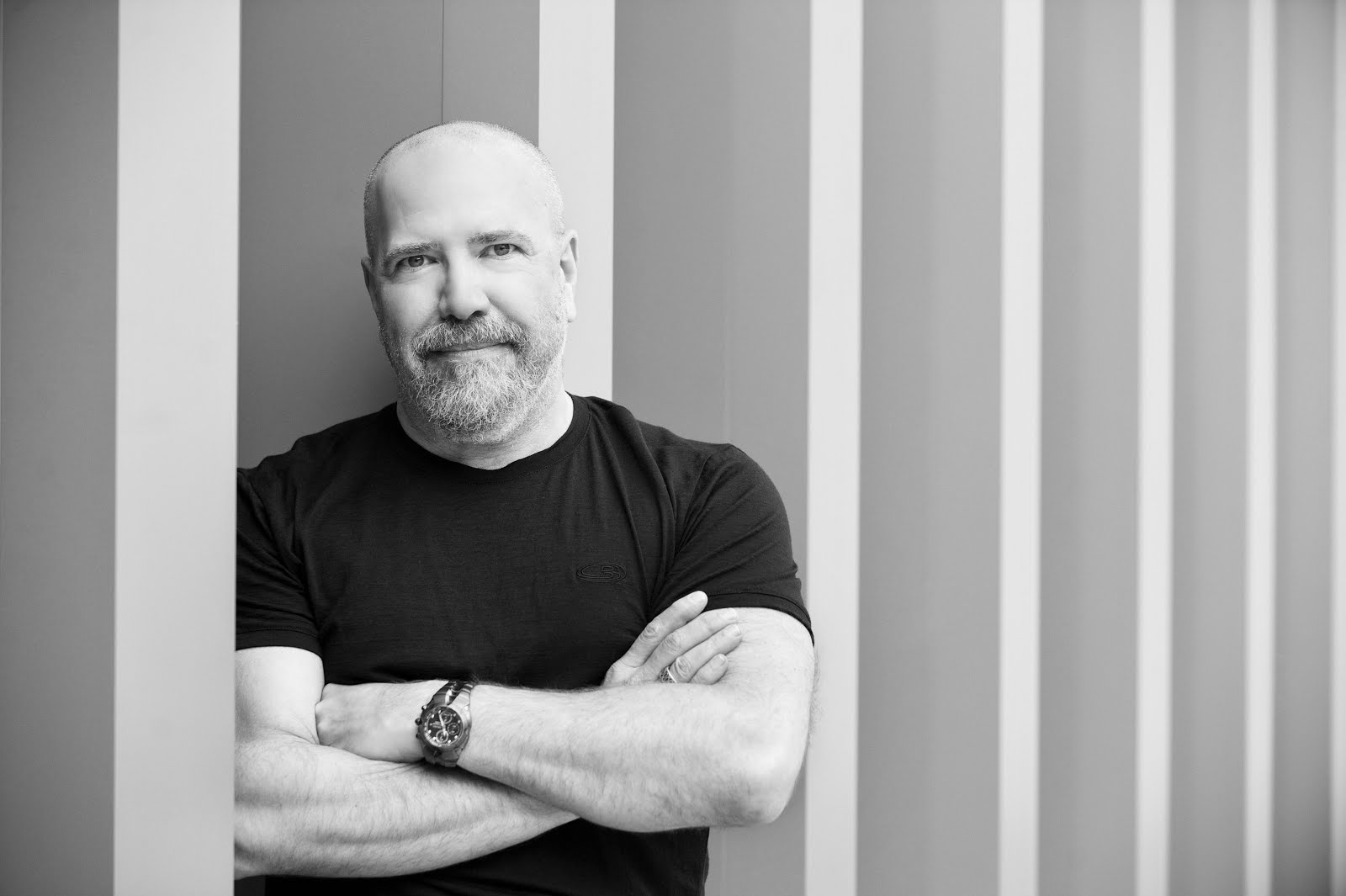A few weeks ago I was driving down Main Street in our little town of Chelsea, rumbling along through the cold black night, the tires on the pickup truck crunching through the snow, headed toward home at the end of a long and tough week, when I spotted a powerfully improbable vision on the side of the road. It was the sort of thing that makes you close your eyes and shake your head and then goes away. So I did. But it didn't.
My eyes freshly focused, I realized that I had seen precisely what I thought I had seen. There, on the west side of Main Street, at the end of a row of shiny new frost-covered Fords, stood a manger. And there, inside the manger, shifting restlessly to stay warm, circled a collection of wise men, shepherds, and all the other usual players of the nativity. The only figure I didn't remember from my family creche set was that of a frigid soul who stood in front of the manger holding a llama on a rope. It was a nice touch.
In the midst of puzzling over this I suddenly remembered that I had heard something about our town featuring a "living nativity scene" as part of its "hometown holiday" celebration. I breathed a sigh of relief, but then tightened with a twinge of disappointment. After all, a nativity scene seemed a little out of place at the end of a new car lot. A nativity scene seemed like the sort of thing we should find amidst the trees in our city park, or on the land of one of the nearby historic farms, or next to a stable just outside of town. But a few yards away from a sign about advantageous financing? It felt a little odd.
And this sense of strangeness was helped by the grim symbolism that new car lots have come to express in the past few months. For most of my life, rows of new cars have held an irresistible appeal. I know, of course, that cars are just material things and that in the end they stop running and start rusting and we can't take them with us. But I grew up in Michigan, where the car--and particularly the new car--conveyed messages of freedom and self-determination and excitement. Some kids grow up wanting to be astronauts or surgeons or President of the United States. I grew up wanting to drive a Mustang.
These days, however, rows of new cars remind us of other things. They remind us of deeply troubled financial and credit markets, of survival struggles within an industry, of pleas for government help, of layoffs and buyouts and ripple effects, and of dreams gone dark. So this set me to wondering: of all the places on earth, why would you put a nativity scene there?
Well, they say there are no stupid questions, but I immediately realized that I'd just asked myself one. Why would you put a manger scene there? You would so so because that is exactly where it belongs. And it belongs there more this year than in any year in the past.
After all, the message of the manger is not that hope lives somewhere else, in some sparkling and lovely place we haven't seen yet. It is that hope lives right here, right now, right next to some of the things we find most unsettling and difficult to understand. The message of the manger is not that we have to find peaceful places to find peace itself. It is that peace can come to us anywhere, at any time, under any circumstances. And the message of the manger is not that everything has to be alright for us to experience true, exuberant, over-the-top out-of-control joy. It is that such joy can come into our hearts even in the bleak midwinters of life, even with the cold wind swirling around us, even on the west side of Main Street at the end of a car lot.
As I drove past the manger, I watched the families walk hand-in-hand toward the freezing figures who greeted them. I saw the children run up gleefully to admire the rickety structure and to pet the llama. And I understood why the manger belongs on Main Street.
I cannot imagine it anywhere else.
Tuesday, December 23, 2008
Subscribe to:
Post Comments (Atom)

No comments:
Post a Comment